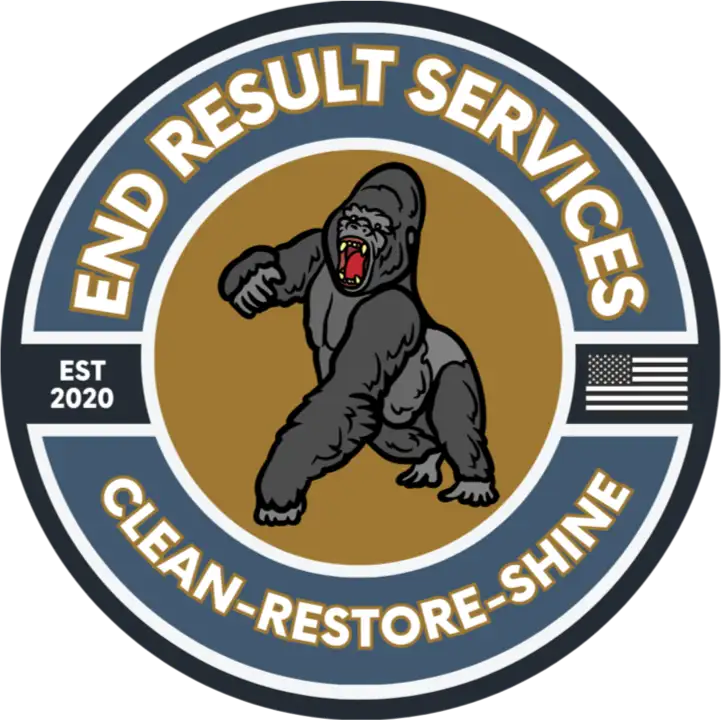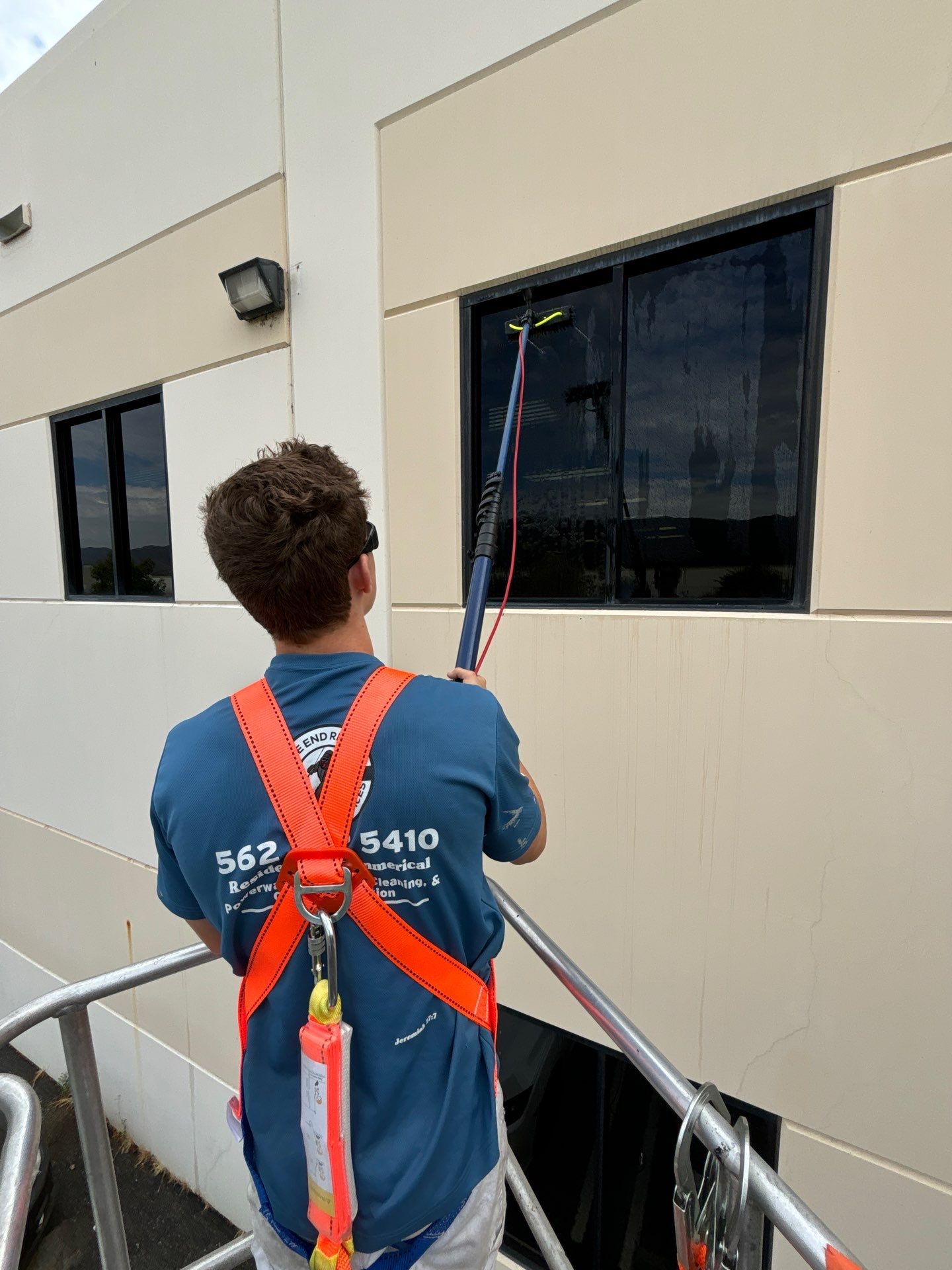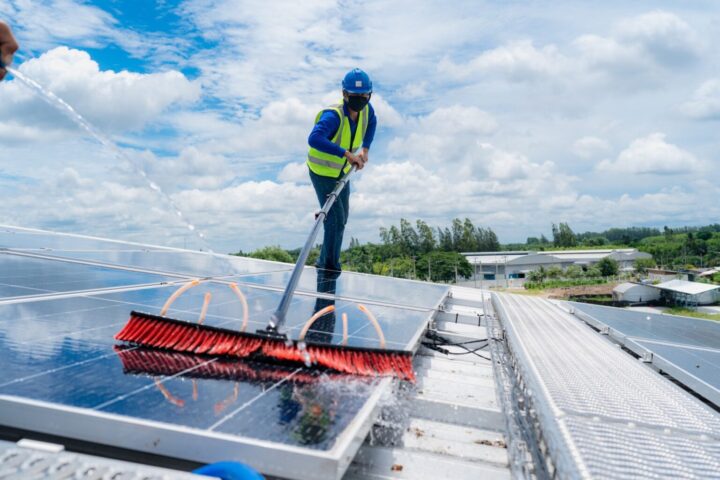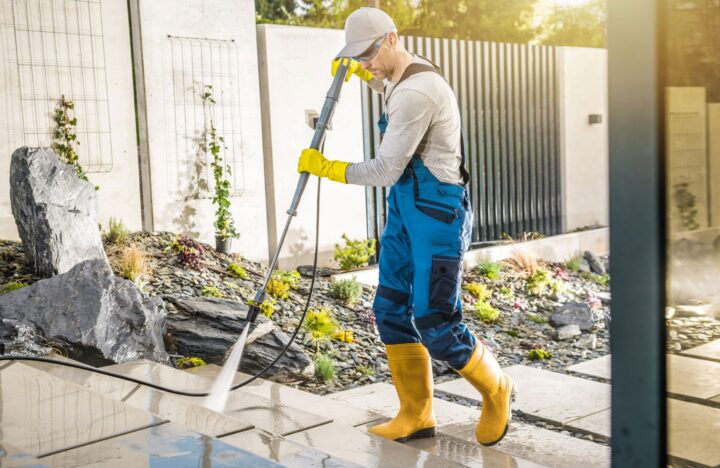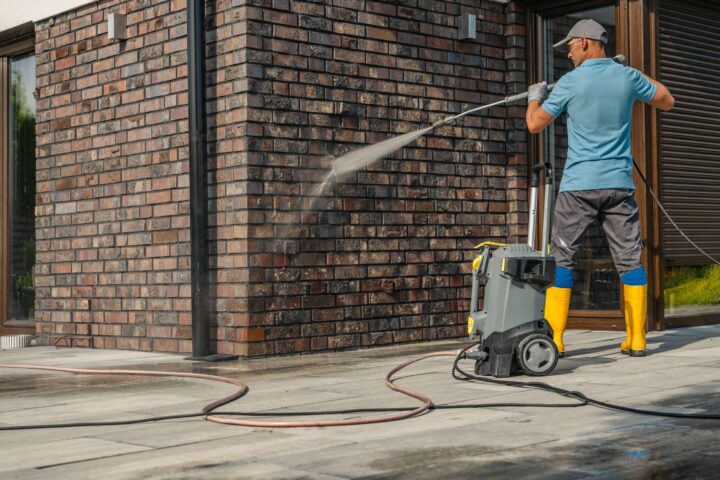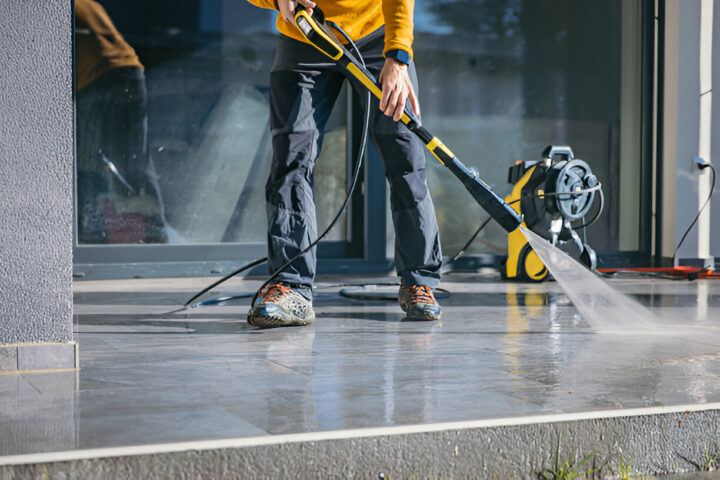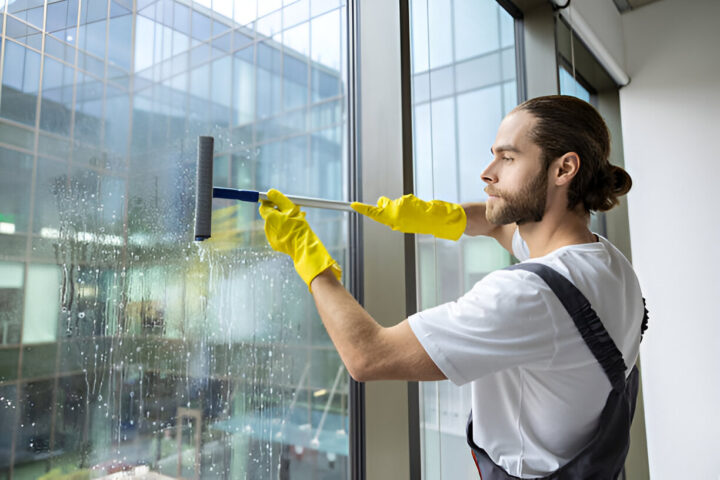Streaky, hazy windows can immediately diminish the beauty of your home or office. Fortunately, a professional window cleaning service uses proven techniques, specialized tools, and eco-friendly solutions to deliver crystal-clear results every time. In this post, we explore the science behind streaks, the gear pros rely on, and step‑by‑step methods that make for streak‑free finishes—inside and out.
Why Window Streaks Happen (and Why They’re So Frustrating)
Common causes of window streaks
- Dirty water from rinse buckets or unclean tools leaves residue.
- Improper cleaning solutions —too much soap or residue-producing chemicals.
- Environmental debris like pollen, dust, or smog settle mid‑clean.
- Evaporation in heat or sun, drying water before it’s squeegeed.
How poor technique or tools contribute to buildup
- Using dirty rags or paper towels smears debris back across glass.
- Squeegees with nicks or worn rubber edges fail to remove all water.
- Overlap or uneven pressure causes water lines and streaks.
The aesthetic and lighting impact of dirty windows
- Impaired visibility reduces natural sunlight and mood.
- Exterior curb appeal falls, affecting home or business impression.
- Interior lighting appears muted through grungy glass.
Must‑Have Tools of the Trade
Why microfiber cloths outperform paper towels
- High absorbency and no lint means no smudges or streaks.
- Non-abrasive fibers won’t scratch glass.
- Reusable and eco-friendly for commercial-grade use.
Choosing the right squeegee for your window type
- Premium rubber blades with sharp, straight edges.
- Length matches window width: 12–18″ for residential, 24–36″ for commercial or large panes.
- Option for curved handles to reach high or angled windows.
Tool maintenance: How pros keep their gear clean
- Rinse squeegee blades after each pass, wiping with lint-free microfiber.
- Replace rubber edges when nicked or worn (recommended every 3–6 months).
- Strictly separate clean-soap water and rinse water to avoid cross-contamination.
- Air-dry cloths to prevent mildew and bacteria.
The Best Cleaning Solutions for Streak‑Free Results
DIY solutions vs commercial cleaners
- DIY recipes: 2 tsp vinegar + 8 oz distilled water; 1 drop dish soap + warm water.
- Commercial cleaners: specifically designed for glass, low residue, biodegradable.
- Avoid all-purpose cleaners that leave a film or contain wax.
Avoiding harsh chemicals and residues
- No bleach, ammonia, or abrasive agents—they dull glass and harm seals.
- Stay away from silicone or RTV primers that attract dust post-clean.
- Stick to eco-friendly and low-VOC solutions safe for humans and pets.
Recommended ratios and mixing techniques
- For DIY vinegar mix: 1 part white vinegar, 3–4 parts distilled or filtered water.
- For soap mixes: just one drop of clear, concentrated dish soap per quart to reduce residue.
- Always label spray bottles, shake to mix, and replace solution weekly.
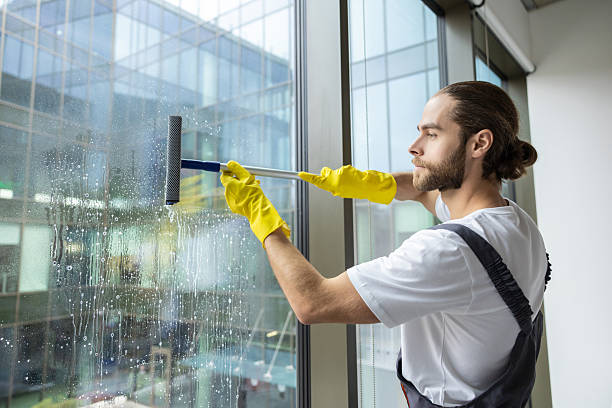
The Right Technique: Step‑by‑Step Guide from the Pros
Preparing your windows: dusting and wiping
- Remove dust using a soft brush or microfiber to prevent scratching.
- Wipe edges and frames with a damp microfiber to eliminate grime.
- Spray the glass generously, ensuring full coverage.
The vertical vs horizontal method explained
- Vertical strokes (up-down) on exterior panes prevent top-to-bottom drip lines.
- Horizontal strokes (side-side) on interior panes prevent pushing drips onto frames.
- After washing, finish with one long squeegee stroke from top to bottom.
Drying and polishing for a crystal-clear finish
- After squeegeeing, use a dry microfiber to remove remaining drops.
- Polish with a clean cloth in circular motions to eliminate marks.
- Inspect from different angles in daylight; touch up edges if needed.
Handling Interior vs Exterior Windows
Challenges with exterior cleaning (weather, access)
- Sun and wind cause rapid drying, which can leave streaks—ideal cleaning windows are cool, overcast conditions.
- Pollen, dust, bugs, and bird droppings require more frequent rinsing and tool changes.
- Ladders, scaffolds, or lifts may be needed for high or hard-to-reach glass.
Tools for higher floors and office buildings
- Extendable poles with swivel squeegee heads for multi-story access.
- Water-fed pole systems deliver purified water to eliminate residue.
- Safety harnesses, rails, and PPE ensure worker protection.
Safe practices for indoor window cleaning
- Keep pets and children away until surfaces are dry.
- Use drop cloths or towels to protect nearby furniture.
- Work in sections to manage drying times and water runoff.
Dealing with Common Window Issues
Removing hard water stains and calcium deposits
- Apply a vinegar paste of equal parts vinegar and baking soda.
- Let sit for 5–10 minutes before scrubbing with a non-scratch pad.
- Rinse thoroughly and re-clean with glass cleaner.
Getting rid of grease, fingerprints, and pet smudges
- Wipe with a grease-fighting soap solution.
- Rinse and squeegee to prevent streaking.
- For oily handprints, use 70% isopropyl alcohol followed by regular cleaner.
Scraping off paint or construction debris
- Carefully apply a razor blade scraper at a 45° angle on wet glass.
- Keep the glass continuously wet to avoid scratches.
- Follow-up with a glass cleaner to restore clarity.
Seasonal Window Cleaning Tips
How pollen, rain, and snow affect glass surfaces
- Spring pollen clings when wet—it requires more rinse water.
- Summer storms leave mineral-rich streaks; rainwashing isn’t enough.
- Winter cold slows drying; use warm water to reduce freezing risk.
Best times of year for deep cleans
- Late spring after pollen season.
- Early autumn before winter weather begins.
- Midwinter for interiors when exterior access is unsafe.
Creating a maintenance calendar
- Weekly touch-up checklist.
- Monthly deep clean for interior windows and frames.
- Quarterly exterior wash, scaling up as needed.
- Annual inspection for tint, seal, or caulking wear.
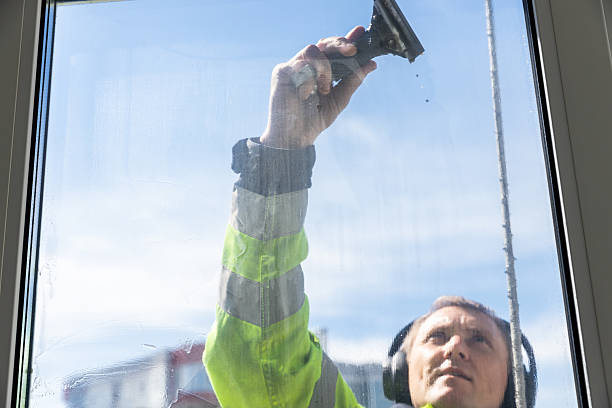
DIY vs Professional Cleaning: When to Call the Experts
Time and safety considerations
- High or tall windows and dangerous areas are best left to trained teams.
- Pros bring efficient equipment and multi-person crews, saving time.
- Professional window cleaning providers have insurance and experience to handle hazards and prevent accidents.
Benefits of commercial-grade equipment
- Water-fed purified systems leave glass residue-free.
- Heavy-duty squeegees and microfiber pads ensure better tool longevity.
- Access to industrial-strength, streak-free cleaning solutions.
When streaks won’t go away—what that means
- Film or etching often indicates permanent hard water damage, requiring professional restoration or glass replacement.
- Recurring haze may signal outer seal failure in insulated glass units—experts can address it.
Quick Checklist: Window Maintenance Made Easy
Weekly touch-ups
- Dust frames, brush debris, and spot-clean with diluted cleaner.
Monthly deep cleans
- Full interior glass cleaning and frame wipe-down.
- Polish and inspect for watermarks or scratches.
Annual inspection and glass treatments
- Check for seal integrity, paint splashes, or hard deposits.
- Apply protective coatings or film anti-glare/tinting as needed.
Keep Your View Crystal Clear Year‑Round
Streak-free windows aren’t just about aesthetics—they improve lighting, create a healthier environment, and enhance property value. When you use the right tools, solutions, and techniques—and rely on professionals when needed—your windows will always reflect your space at its best.
Frequently Asked Questions
Conclusion
Windows are your connection to the world outside—and keeping them pristine ensures you view it in all its glory. From understanding how streaks form to mastering pro-level tools and techniques, this guide lays out everything you need to achieve dazzling results every time. Whether you’re a DIY enthusiast or hiring services, cleanliness begins with the right approach—and attention to detail.
Hire End Results Services as they specialize in window washing services that bring back the sparkle to your home or business. Their team of professional window washers deliver a streak-free shine every time, using top-of-the-line tools and eco-friendly solutions that are safe for your family and pets.
